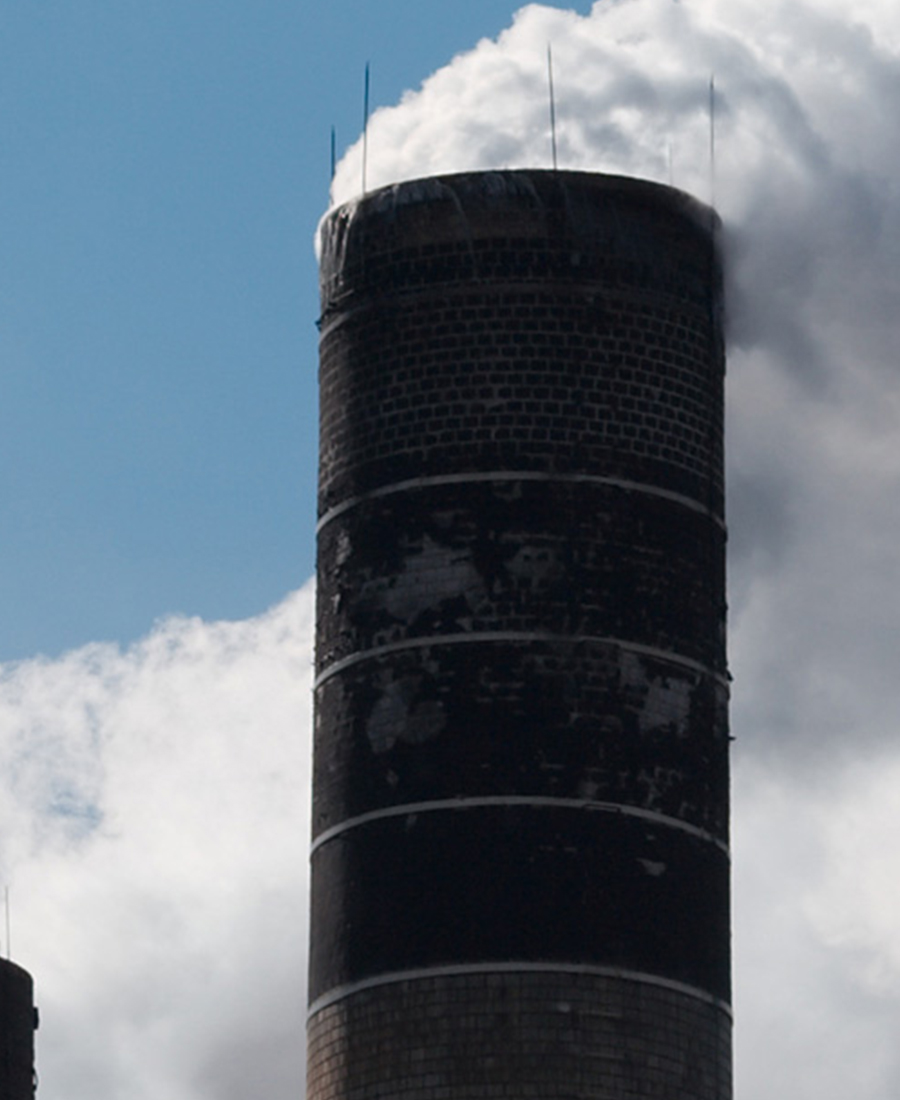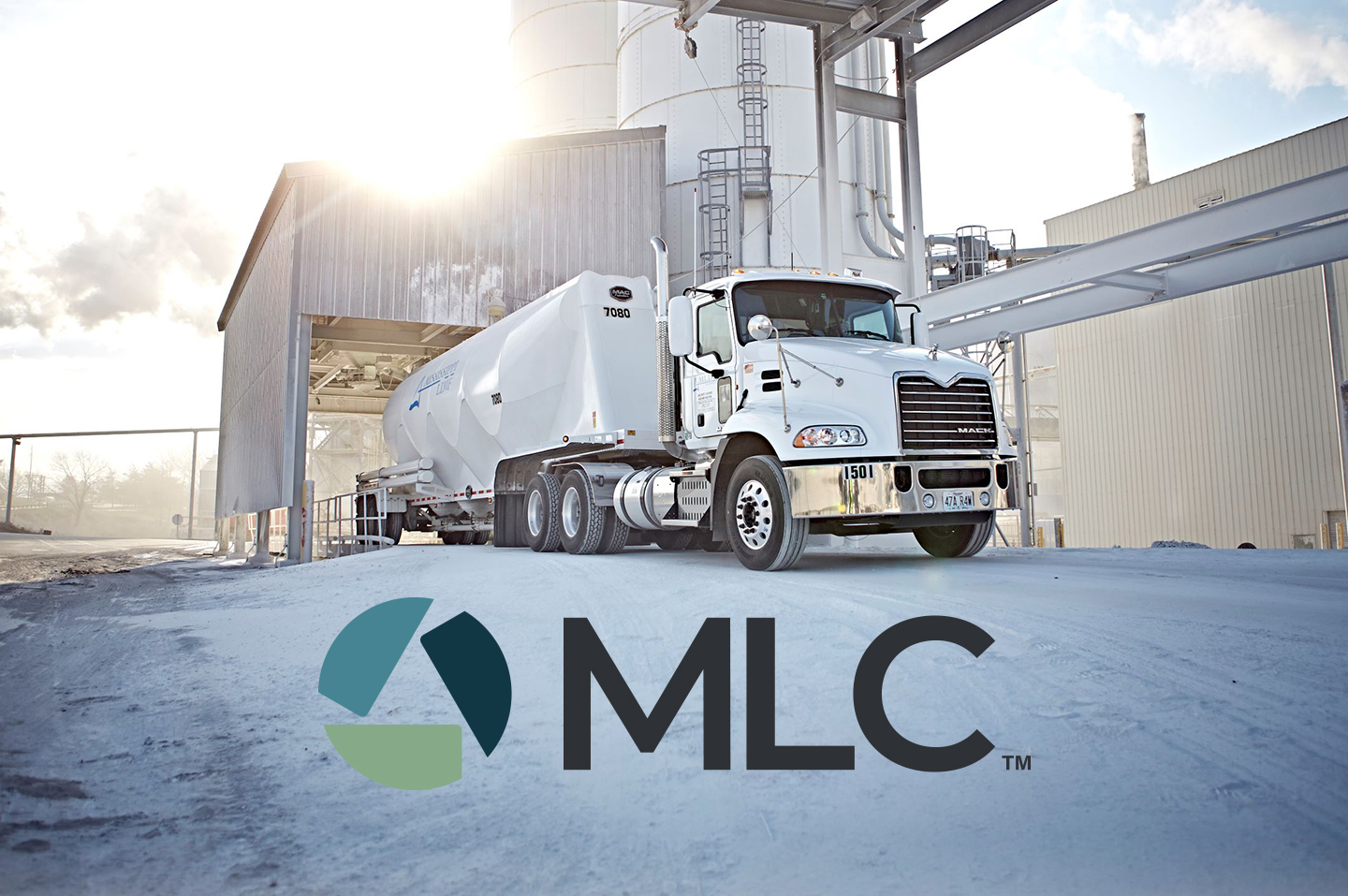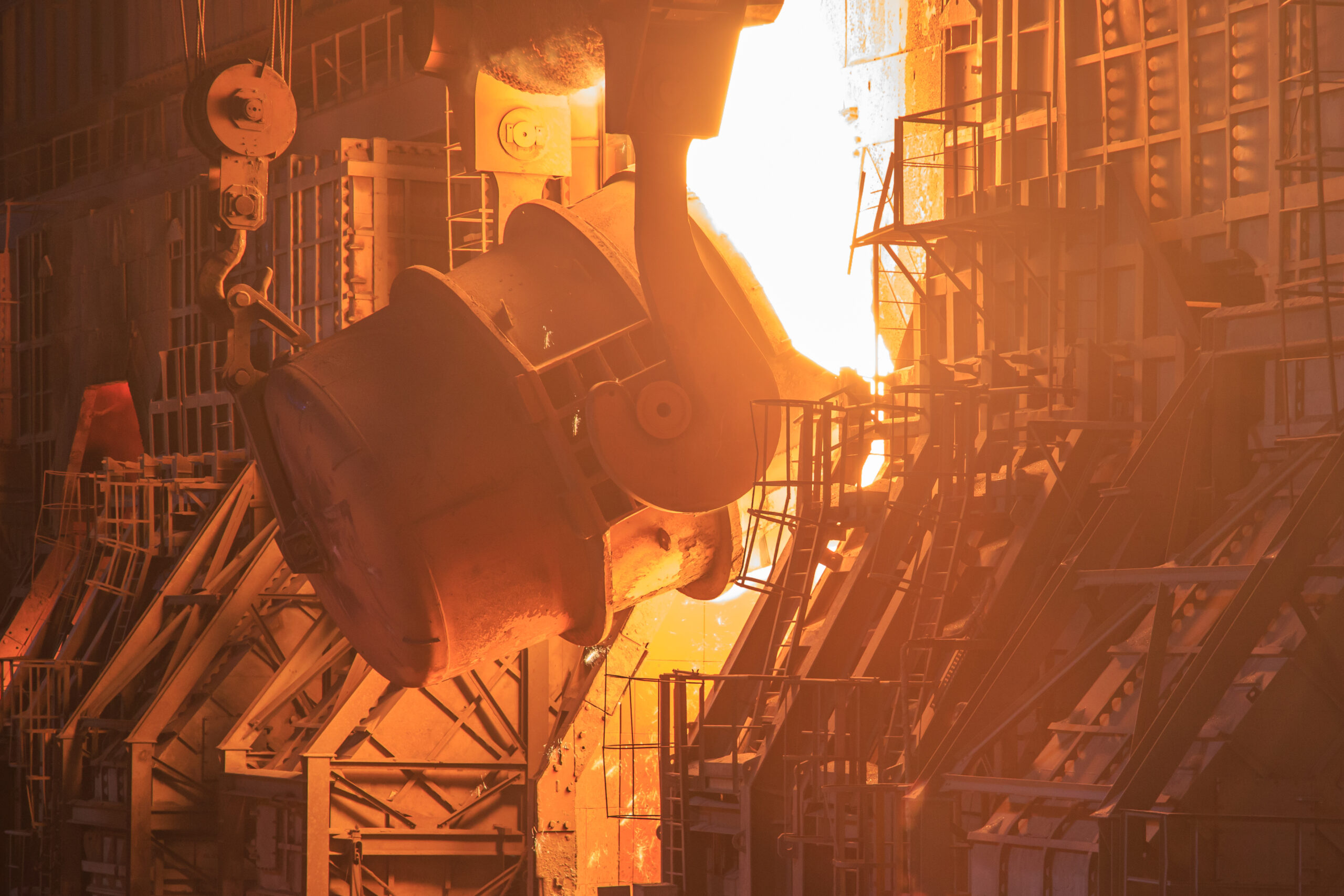
Energy & Emissions Treatment

MLC provides a range of product grades suited to the specific needs of municipalities, manufacturers, and plant operators to effectively treat emissions and flue gas. These solutions are also highly valued for other environmental applications, such as the treatment of waste water, sludge, and biosolids.
- In flue gas treatment applications – including electric utilities and industrial operations – MLC™ lime offerings provide opportunities to improve efficiency, reduce costs, and meet regulatory requirements. MLC Hydrated Lime (calcium hydroxide), Quicklime (calcium oxide), and calcium carbonate have differing characteristics and can be effectively employed at different points in the process. Calcium-based reagents are effective at removing acid gases, including:
- SO2 – Sulfur dioxide
- H2SO4/SO3 – Sulfuric acid/Sulfur trioxide
- HCl – Hydrogen chloride
- HF – Hydrogen fluoride
MLC has a wide range of calcium-based reagents and the required expertise to support your application needs. This includes MLC™ High-Reactivity Hydrate (HRH) Lime and HRH-80, the highest performing sorbents for the inflight capture of acid-gas pollutants from flue gas.
Dry Sorbent Injection
MLC is an industry leader in the development of dry sorbent injection industry for hydrated lime control of acidic gases. The choice of hydrated lime as a dry sorbent provides a robust, ready to use material.
A dry sorbent injection system directly injects a fine powder of dry sorbent into the duct downstream of the combustion chamber. The alkaline sorbent reacts with acids in the flue gas and the dry reaction products are removed in the particulate collector or in the wet scrubber liquor. DSI technology was originally developed in the late 1980s to respond to the EPA regulations on emission control of acid gasses for older power plants that required low-cost, easy retrofitting solutions.
Dry sorbent injection of hydrated lime is an effective approach for acid gas control, primarily due to its simplicity in process configurations, low capital costs and in contrast to the sodium-based sorbents, the absence of ash handling concerns. Bag filters have been favored because the deposited dust layers contain unreactive sorbent that further reduces the acid gas content in the exhaust gases. DSI on ESP systems have been proven effective, especially with SO3 mitigation.
To request more information, please contact us at technicalservices@mlc.com
Energy from Waste
Lime has provided an essential role in treating emissions for traditional utilities for many years – but it’s also essential for many green energy applications.
Energy-from-waste plants divert municipal waste from landfills to produce energy and reduce greenhouse gases. MLC Quicklime, Hydrate, and High-Reactivity Hydrate (HRH) are used for in-flight capture of acid gases in emissions caused by combustion, preventing them from entering the atmosphere as pollutants.


















